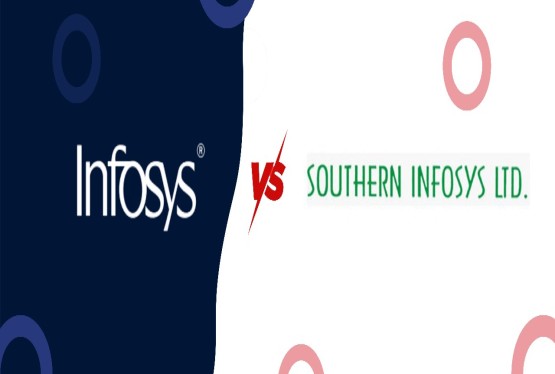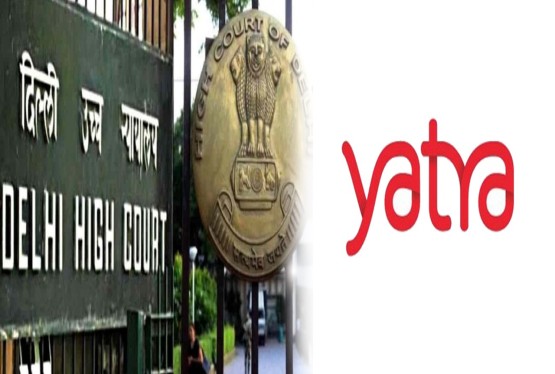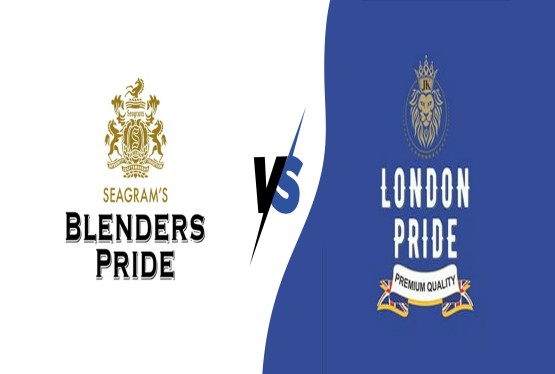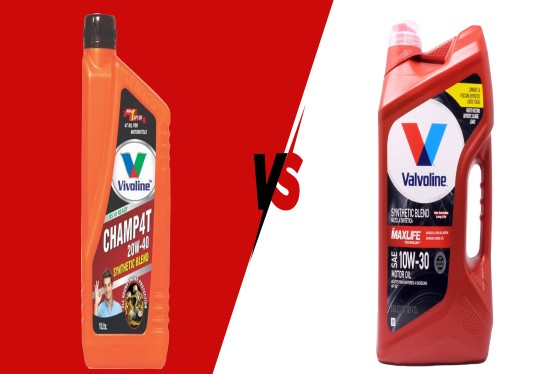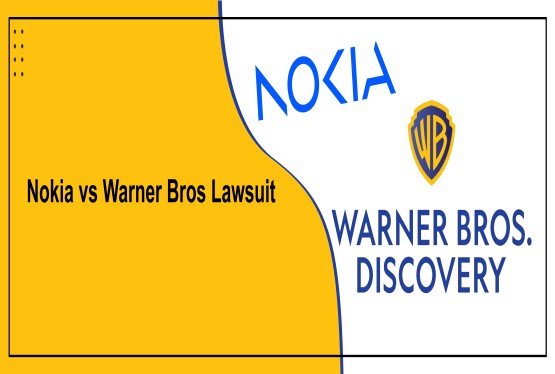Trademarks are essential components of intellectual property rights, protecting brands and ensuring consumer trust in the quality of goods and services. Among the various categories of t rademarks, collective trademarks and certification trademarks stand out as distinctive types designed to serve specific purposes. This article explores the differences between these two types of trademarks, their functions, legal frameworks, and relevant case laws. It also incorporates key concepts like trademark registration, trademark infringement, and trademark objection to provide a comprehensive understanding.
What are Collective Trademarks?
Let’s discuss the concept of Collective Trademarks in detail:
Definition and Purpose
A collective trademark is a mark owned by an association or organization and used by its members to indicate their affiliation with the group. The primary purpose of a collective trademark is to distinguish the goods or services of members of the association from those of non-members. For instance, the use of the "CA" logo by members of the Institute of Chartered Accountants of India (ICAI) is an example of a collective trademark.
Features of Collective Trademarks
1. Ownership by Associations: Collective trademarks are owned by a group or association, not individuals or businesses.
2. Use by Members: Members of the association use the mark to demonstrate their affiliation and uphold the standards set by the group.
3. Regulation of Use: The association sets rules and regulations for the use of the collective trademark to ensure that it maintains its integrity and reputation.
Legal Framework
Under the Trade Marks Act, 1999, Section 61 governs the registration of collective trademarks in India. The Act requires associations to submit regulations regarding the use of the trademark, including membership criteria and rules for ensuring quality standards. This ensures that the mark serves its intended purpose of distinguishing member goods or services from non-member offerings.
Case Law
One of the prominent cases involving collective trademarks is Dairy Farmers v. Parmalat Australia Pty Ltd [2007] FCA 597, where the court emphasized the need for clear guidelines regarding the use of collective trademarks by members.
What are Certification Trademarks?
Let’s discuss the concept of Certification Trademarks in detail:
Definition and Purpose
A certification trademark is a mark used to certify that the goods or services meet certain standards of quality, origin, material, or other characteristics. Unlike collective trademarks, certification trademarks are not limited to members of a specific association. For example, the "ISI" mark in India certifies that a product complies with the standards set by the Bureau of Indian Standards (BIS).
Features of Certification Trademarks
1. Owned by Certifying Authority: Certification trademarks are owned by a certifying body or organization, which is responsible for granting the right to use the mark.
2. Usage Across Entities: Any entity that meets the prescribed standards can apply for the certification trademark.
3. Focus on Quality and Standards: The primary purpose is to ensure consumers that the goods or services meet specific quality benchmarks.
Legal Framework
Section 69 of the Trade Marks Act, 1999 governs certification trademarks in India. The Act mandates that applicants must provide regulations specifying the standards to be certified, the process for verifying compliance, and the manner of using the mark.
Case Law
In Imperial Tobacco Co. of India Ltd. v. Registrar of Trademarks, AIR 1968 SC 528, the court clarified the distinction between certification trademarks and ordinary trademarks, emphasizing the certification mark's role in guaranteeing quality.
Key Differences Between Collective and Certification Trademarks
|
Aspect |
Collective Trademarks |
Certification Trademarks |
|
Ownership |
Owned by an association or group |
Owned by a certifying authority |
|
Purpose |
To indicate membership in a group |
To certify quality, origin, or other standards |
|
Usage |
Limited to members of the association |
Open to any entity meeting the prescribed standards |
|
Focus |
Emphasis on affiliation and collective identity |
Emphasis on ensuring consumer trust in quality or standards |
|
Examples |
"CA" by ICAI |
"ISI" by BIS |
Role of Trademark Registration
Both collective and certification trademarks must undergo the process of trademark registration to enjoy legal protection. Trademark Registration provides statutory rights to the trademark owner, enabling them to enforce the mark against unauthorized use. The application process requires detailed documentation, including the regulations governing the use of the trademark, to ensure transparency and adherence to its intended purpose.
Trademark Infringement and its Implications
Trademark infringement occurs when a registered trademark is used without authorization, leading to potential damage to its reputation or misuse of its intended purpose. For collective trademarks, Trademark infringement may arise when non-members use the mark to falsely claim association with the group. In the case of certification trademarks, infringement can occur if entities misuse the mark to falsely certify their goods or services.
For example, unauthorized use of the "CA" logo by non-members of ICAI would constitute infringement of a collective trademark. Similarly, using the "ISI" mark without certification from BIS would amount to infringement of a certification trademark.
Trademark Objection in the Context of Collective and Certification Trademarks
A trademark objection is a procedural hurdle during the registration process, often raised by the registrar or third parties. For collective and certification trademarks, Trademark objections may be raised on grounds such as:
-
Lack of distinctiveness or failure to meet statutory requirements.
-
Non-compliance with the regulations governing the trademark’s use.
-
Potential conflict with an existing registered trademark, leading to dilution or confusion.
For instance, an objection may be raised if a certification trademark application does not clearly define the standards to be certified, or if a collective trademark is too generic to distinguish the association's goods or services.
Case Laws Highlighting the Differences
Collective Trademark: ICAI v. Shammi Nanda (2010)
In this case, the Institute of Chartered Accountants of India (ICAI) sought to restrain the misuse of its collective trademark "CA" by a third party offering coaching classes. The Delhi High Court ruled in favor of ICAI, emphasizing that the "CA" logo was intended solely for its members and could not be used commercially by non-members.
Certification Trademark: The Scotch Whisky Association v. Pravara Sahakar Karkhana Ltd. (1992)
In this case, the Scotch Whisky Association filed a case against Pravara Sahakar Karkhana for using the term "Scotch" on its whiskey, which did not meet the standards required for Scotch whisky certification. The court held that the use of "Scotch" without meeting certification criteria constituted a violation of the certification trademark.
Practical Implications for Businesses
For businesses, understanding the distinctions between collective and certification trademarks is crucial for protecting intellectual property. Associations should ensure that their collective trademarks are used exclusively by members, while certifying authorities must enforce compliance with the standards governing their certification marks. Failure to do so can lead to trademark objections, trademark infringement, or even legal battles.
Conclusion
While both collective trademarks and certification trademarks play significant roles in the intellectual property ecosystem, their purposes, ownership, and usage differ fundamentally. Collective trademarks focus on distinguishing the goods or services of association members, while certification trademarks guarantee the quality or standards of products and services.
For any queries, book a consultation with us at info@ccoffice.in or Call/WhatsApp us on 9988424211.
Frequently Asked Questions
Q1. What is the key difference between collective trademarks and certification trademarks?
Ans. The primary distinction lies in their ownership and purpose. Collective trademarks are owned by an association or group and are used by its members to signify their affiliation. They primarily focus on identifying members of a specific group. In contrast, certification trademarks are owned by a certifying authority and are used by any entity that meets the specific quality, origin, or other standards set by that authority.
Q2. Who owns a collective trademark?
Ans. Collective trademarks are owned by an association or group of entities. This could be a professional body, a cooperative, or any other organization that sets standards for its members.
Q3. Who owns a certification trademark?
Ans. Certification trademarks are owned by a certifying authority. This could be a government agency, a non-profit organization, or any other entity that has the authority to certify that products or services meet specific standards.
Q4. What are some examples of collective and certification trademarks?
Ans. A prominent example of a collective trademark is the "CA" designation used by members of the Institute of Chartered Accountants of India (ICAI). This mark signifies their membership in the professional body. An example of a certification trademark is the "ISI" mark used by products that meet the standards of the Bureau of Indian Standards (BIS).
Q5. What are the legal implications of misusing a collective or certification trademark?
Ans. Misusing a collective trademark, such as using it by a non-member of the association, can constitute trademark infringement. Similarly, misusing a certification trademark, such as using it on products that do not meet the certified standards, can also lead to legal action and damage the reputation of the certification mark.






























_(b)_of_the_Trademark_Act,_1999_(1)_crop10_thumb.jpg)



_crop10_thumb.jpg)




























_crop10_thumb.jpg)
_crop10_thumb.jpg)






_crop10_thumb.jpg)








_crop10_thumb.jpg)



_crop10_thumb.jpg)





























_crop10_thumb.jpg)

















_crop10_thumb.jpg)






_crop10_thumb.jpg)











































































































































_crop10_thumb.jpg)




































_crop10_thumb.jpg)












_crop10_thumb.jpg)













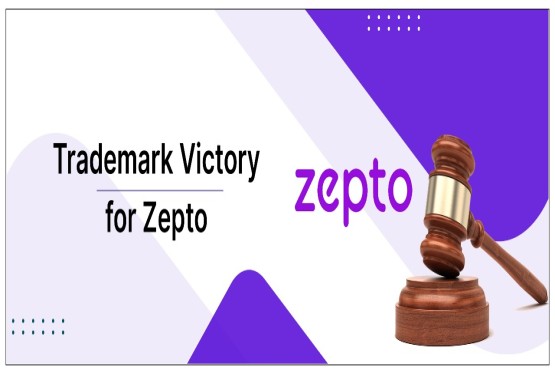

































_crop10_thumb.jpg)





























